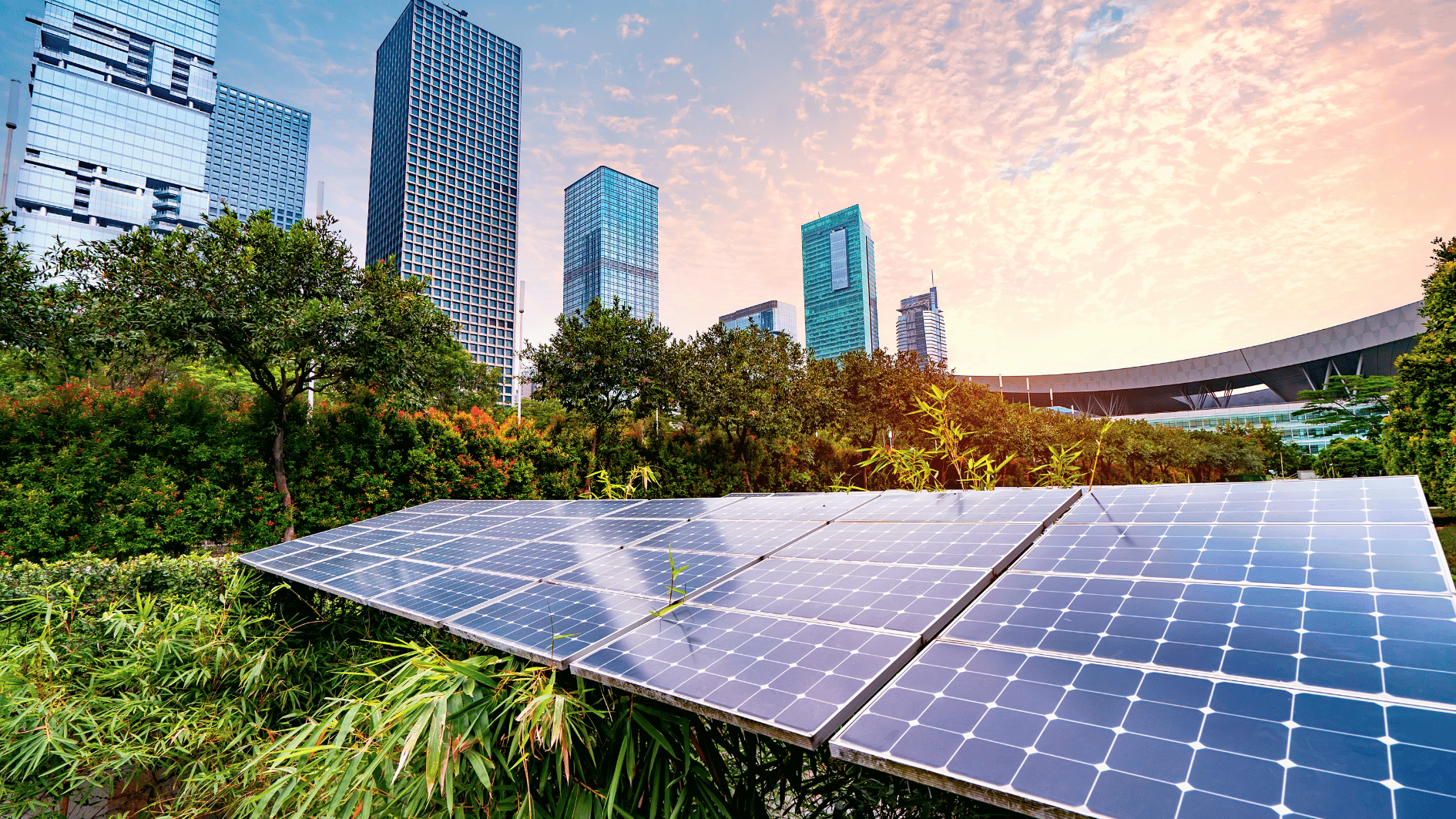Image source: Canva.com
As the renewable energy sector matures, state governments in 2025 are shifting their focus from enacting new legislation to implementing and fine-tuning existing clean energy policies. This change reflects a broader acknowledgment of the intricate challenges involved in translating ambitious legislative goals into actionable outcomes, particularly as renewable energy technologies and markets evolve.
Political Dynamics and Their Impact

The political landscape in 2025 presents a mixed environment for renewable energy initiatives. Key Democratic losses in Michigan and Minnesota have led to a reduction in Democratic trifectas, leaving only 15 states under unified Democratic control. Meanwhile, Republicans hold trifectas in 23 states, and 12 states operate under divided governments. This distribution has made the passage of new clean energy laws less likely in some regions, particularly where political polarization creates barriers to bipartisan agreement.
However, this political shift does not signal a retreat from renewable energy commitments. Instead, it underscores the need for states to prioritize the effective execution of previously established policies. For many states, the focus is on building infrastructure, scaling renewable energy capacity, and addressing regulatory and logistical hurdles.
Progress in Renewable Energy Goals
Even as new legislative momentum slows, progress continues in renewable energy adoption. Vermont has emerged as a leader by joining the “100 Percent Club,” committing to 100% renewable electricity by 2030. This ambitious target sets a high benchmark for other states while demonstrating the feasibility of rapid clean energy transitions. Similarly, Illinois is making strides to meet its existing target of 40% renewable electricity by 2030, reflecting the broader trend of states adhering to pre-set goals.

These commitments signal that, while the pace of legislative innovation may have diminished, the drive to expand renewable energy remains strong. States are leveraging existing frameworks to advance solar, wind, and other renewable energy sources while addressing region-specific challenges.
Addressing Challenges: Rising Demand and Local Opposition

One of the most pressing challenges in 2025 is the rising demand for electricity, fueled by the growth of energy-intensive sectors like data centers. This increasing demand complicates efforts to expand renewable energy’s share in the energy mix, as states must balance grid reliability with ambitious clean energy targets.
Additionally, local opposition to renewable energy projects poses another significant hurdle. Some communities resist the development of wind farms, solar arrays, or other renewable infrastructure due to aesthetic, environmental, or economic concerns. In response, several states have enacted laws to curtail local governments’ ability to block renewable projects, aiming to streamline development and ensure progress toward statewide goals.
A Renewed Focus on Execution
While the pace of new clean energy legislation may have slowed, states remain resolutely committed to their renewable energy transitions. By prioritizing the implementation of existing policies, they aim to address practical challenges, optimize renewable energy adoption, and lay the groundwork for future innovations.

This focus on execution reflects a pivotal moment in the clean energy movement. Rather than introducing sweeping new laws, states are refining their approaches, building critical infrastructure, and addressing bottlenecks. This shift marks a maturation of the sector, where success hinges on turning policy aspirations into tangible, measurable outcomes.
In 2025, the clean energy journey is no longer solely about ambitious legislative targets – it’s about achieving them. This approach underscores the broader recognition that the path to sustainability lies not just in bold promises, but in sustained, focused action to realize them.





